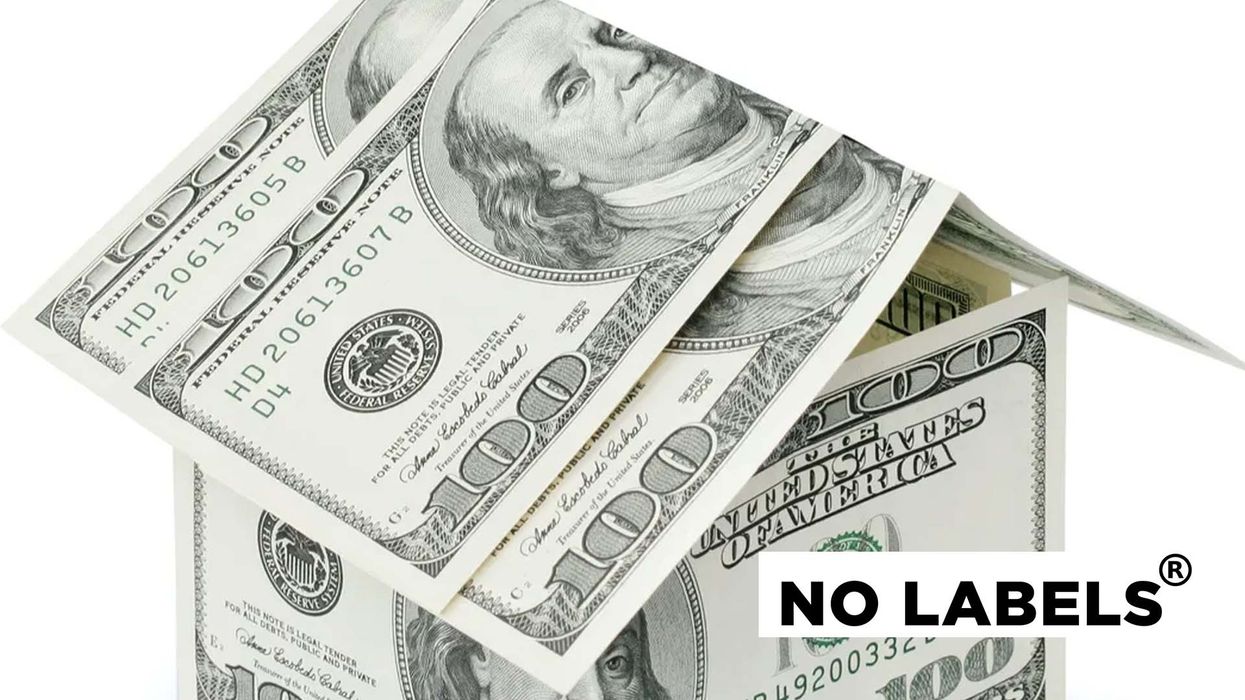
The Debt Ceiling Explained: What You Need to Know
The United States is facing a looming debt crisis, and the markets are already showing signs of nervousness.
The cost of insuring against the US failing to repay its debts has risen to its highest level since the financial crisis, causing concern among traders that political deadlock in Washington may lead to a default. In fact, it now costs more to insure US Treasury bonds against default than it does to insure the bonds of Portugal, Ireland, or the Czech Republic on the international markets.
To find a solution to this problem Washington’s leaders need to stop posturing and recognize the reality of divided government. Republicans control the House, while Democrats control the Senate. This means that a bipartisan deal is necessary in the next few weeks, or the US may default and ruin its reputation as a nation that always pays its debts.
Thankfully, there is already a bipartisan framework for a deal on the table, recently proposed by the Problem Solvers Caucus. This framework includes four key planks:
1. Suspend the debt ceiling through Dec. 31, 2023, and if the remaining steps are followed before then, increase it through Feb. 28, 2025 — after the 2024 elections;
2. Establish an independent commission to recommend a package to stabilize the debt and deficit, which would be voted on by Congress;
3. Adopt controls for the 2024 federal budget to stabilize the deficit in the near-term;
4. And change the budget process, requiring appropriations bills and budgets to go through the full committee process, having the Government Accountability Office put out an annual "fiscal state of the nation" report, and mandating a mid-year budget report from the president.
While the White House has previously argued that Republicans are holding US creditworthiness hostage and that Congress has almost always done a “clean” debt ceiling increase before, this time is different.
The underlying debt problem has never been this bad; it’s larger as a share of the GDP than at any time since World War II, and much worse than it was during the last debt ceiling crisis in 2011. It is not responsible to simply lift the debt ceiling again and do nothing about the underlying spending problem.
The Problem Solvers’ proposed bipartisan framework offers a promising starting point for negotiations and could provide a path forward to avert a crisis. However, time is running out, and decisive action is needed to protect the financial stability of the country and prevent a default that could have catastrophic consequences for the US and the global economy.

